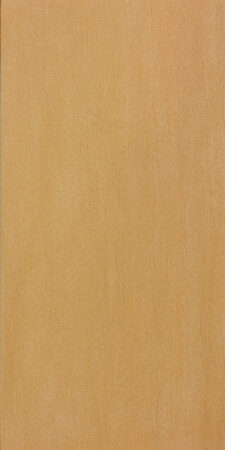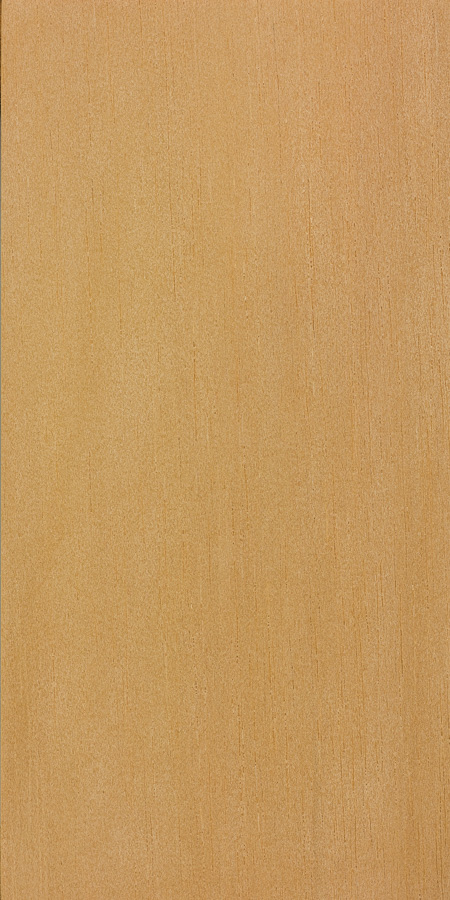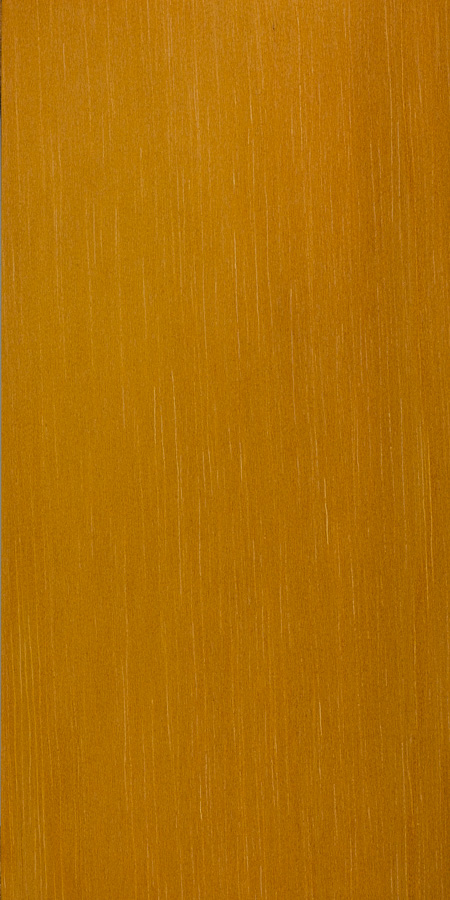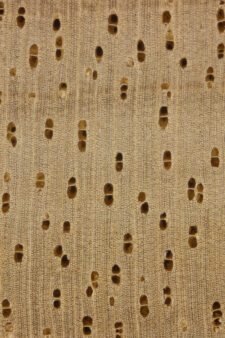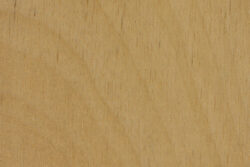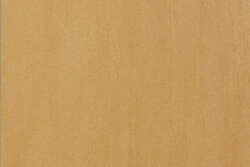Common Name(s): Indian pulai, white cheesewood, milky pine, blackboard tree
Scientific Name: Alstonia scholaris
Distribution: South and Southeast Asia, Pacific Islands, and northern Australia
Tree Size: 100-130 ft (30-40 m) tall,
2-4 ft (.6-1.2 m) trunk diameter
Average Dried Weight: 25.5 lbs/ft3 (410 kg/m3)
Specific Gravity (Basic, 12% MC): .37, .41
Janka Hardness: 420 lbf (1,860 N)
Modulus of Rupture: 8,040 lbf/in2 (55.4 MPa)
Elastic Modulus: 1,220,000 lbf/in2 (8.41 GPa)
Crushing Strength: 4,270 lbf/in2 (29.4 MPa)
Shrinkage: Radial: 3.6%, Tangential: 6.0%,
Volumetric: 9.8%, T/R Ratio: 1.7
Color/Appearance: Heartwood is light to golden brown, not clearly demarcated from the sapwood. Intermittent latex canals are sometimes present and appear as slits in the wood. The wood can also be susceptible to fungal staining if not dried properly.
Grain/Texture: Grain is usually straight or slightly interlocked. With a fine to medium texture and low natural luster.
Rot Resistance: Rated as perishable; poor insect resistance.
Workability: Easy to work with both hand and machine tools. Poor bending properties. Turns, glues, and finishes well.
Odor: Can have a strong unpleasant odor when green, diminishing somewhat in dry wood.
Allergies/Toxicity: Although severe reactions are quite uncommon, Indian pulai has been reported to cause skin irritation—possibly in conjunction with the latex canals found in the trunk. See the articles Wood Allergies and Toxicity and Wood Dust Safety for more information.
Pricing/Availability: Most pulai that’s used commercially is harvested from South and Southeast Asia, while Australian trees are typically only used for limited craft or specialist applications. Prices are low within its natural range.
Sustainability: This wood species is not listed in the CITES Appendices, and is reported by the IUCN as being a species of least concern.
Common Uses: Patterns and forms, blackboards (historically), utility lumber, carvings, and turned objects. Generally not regarded as strong enough for use in structural applications.
Comments: Alstonia scholaris is a tree with many common names in a number of different regions, all for different reasons. Within Australia, this wood is commonly referred to as white cheesewood, or milky pine, in reference to the milk-like latex that is exuded from the tree.
Outside of Australia, the lumber is called pulai in trade throughout Southeast Asia. Historically, the wood has also been used in the manufacture of school blackboards, hence the common name blackboard tree—as well as the species name, scholaris.
Images: Drag the slider up/down to toggle between raw and finished wood.
Identification: See the article on Hardwood Anatomy for definitions of endgrain features.
Porosity: diffuse porous
Arrangement: primarily radial multiples of two to five pores
Vessels: large, few to very few
Parenchyma: banded (possibly marginal), and reticulate
Rays: narrow; normal spacing
Lookalikes/Substitutes: Superficially, pulai is very similar to the CITES-restricted, Southeast Asian hardwood ramin (Gonystylus spp.)—although ramin tends to be significantly heavier (655 kg/m3 vs 410 kg/m3), with winged parenchyma, and lacking the radial multiples commonly seen in Alstonia spp.
Jelutong (Dyera costulata) is another Southeast Asian native that has similar weight, appearance, and anatomy. In fact, the two species are botanically related—both are in the dogbane (Apocynaceae) family. The two can be difficult to separate, but jelutong tends to have more consistent parenchyma banding, forming a reticulate pattern with the rays.
Notes: None.
Related Content:

